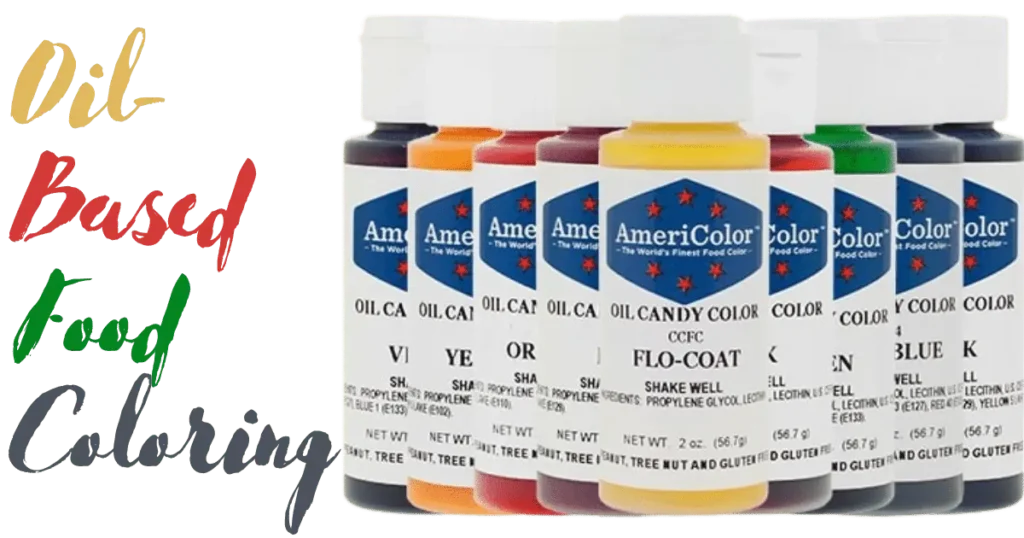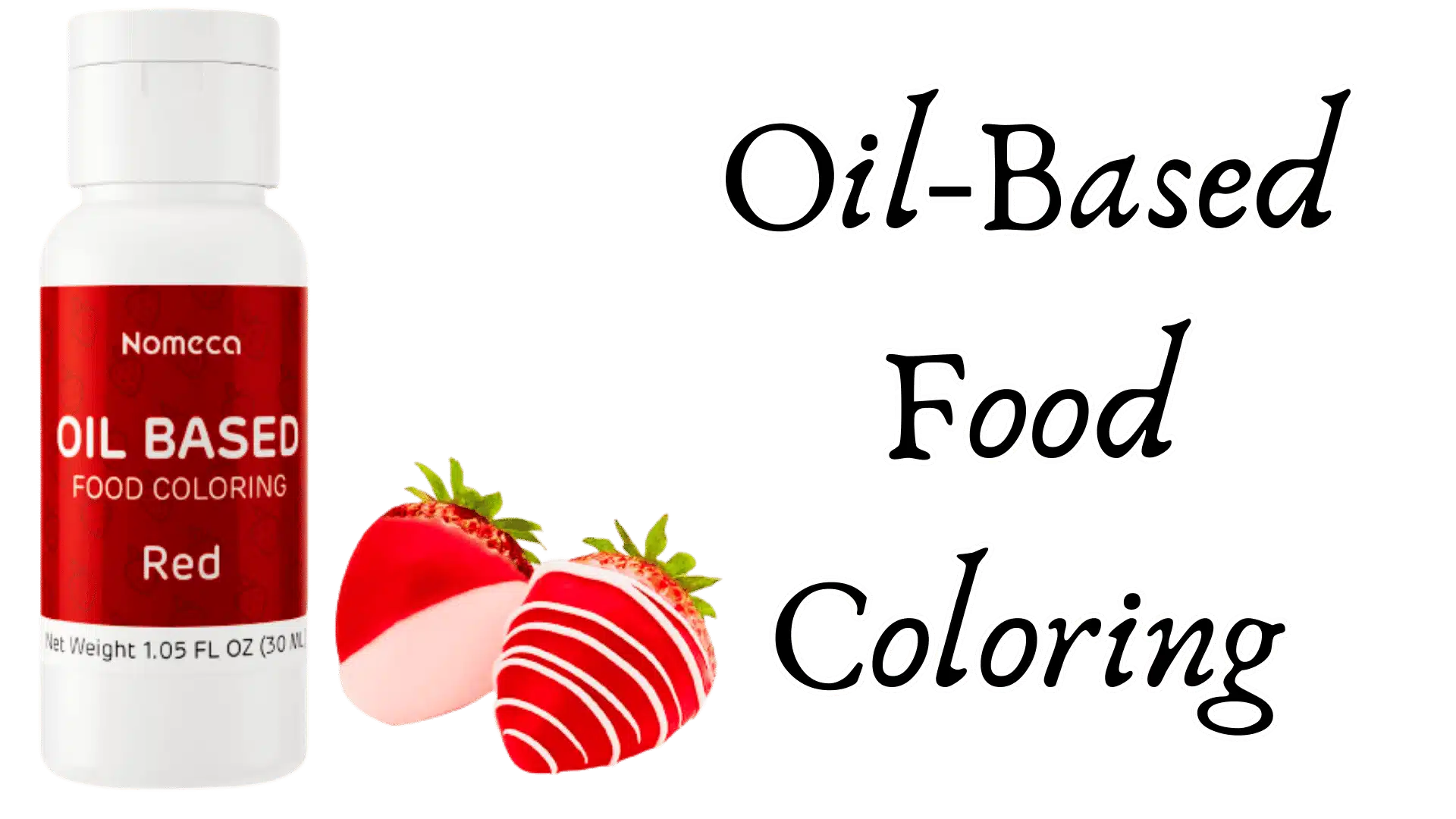Unveiling the Versatility of Oil-Based Dyes in Culinary Art
When it comes to creative cooking, color is a key part of making foods look better. When it comes to the many choices chefs and home cooks have, oil-based food flavoring is a new and useful one. While traditional water-based food colouring has been a staple for many, oil-based variants offer unique advantages that cater to diverse culinary needs.
Understanding Oil-Based Food Coloring
Oil-based food coloring is different from water-based food coloring because it is mostly made up of dyes or pigments that dissolve in oil. The oil carriers in these colorants keep them in place. This makes it easy for them to mix with fats and oils in recipes like chocolate, butter, or cakes made with oil while keeping the structure and shape of the mixture.
Versatility in Culinary Applications
One great thing about oil-based food coloring is that it can be used in a lot of different ways in the kitchen. This coloring agent works well in a lot of different types of recipes, from sweet treats like cakes and candies to savory ones. It lets cooks and color lovers play around with color in ways that haven’t been done before.
Advantages Of Water-Based Alternatives
Stability in High Temperatures
One of its benefits is that it can handle high temperatures without losing its color. Because of this, it’s perfect for coloring chocolate, candy sauces, and other sweets that need to be heated up before they can be made.
Maintaining Consistency
Not like water-based dyes, which can make cakes less thick or change the texture of some mixes. Coloring made from oil can be used in recipes without changing the structure of the food. Making sure that the dish keeps its shape and structure as planned.
Vibrant and Deep Tones
There is another kind of food coloring that isn’t as deep and rich as oil-based food coloring. Because of the oil transports, the colors can be stronger. This keeps the colors bright for longer. Things that are spicy or sweet will look good with this.
Practical Tips for Using Oil-Based Food Coloring
Gradual Incorporation:
Since oil-based coloring can get stronger over time, add it slowly and mix it well until you get the shade you want.
Compatibility Testing:
Because dyes come in different forms, it’s best to make sure they work with the recipe’s main ingredients before using them in large amounts.
Storage:
To keep its color and structure, oil-based food coloring should be kept in a cool, dark place.
| Detail | Description |
|---|---|
| What is it? | Oil-based food coloring is a type of food coloring made with oil-soluble dyes suspended in vegetable oil or other oil bases, used to add color to various food products. |
| Properties | Oil-based colors are highly concentrated, imparting vibrant and intense hues. They are resistant to fading when exposed to light and have a longer shelf life. |
| Application | Ideal for coloring chocolate, candy melts, fat-based icings, buttercream, and other oily or fat-based food items due to their compatibility with oil-based mediums. |
| Usage Tips | Use sparingly as the colors are highly concentrated. Start with small amounts and gradually increase for the desired shade. |
| Limitations | Not suitable for water-based recipes like meringues or beverages as they won’t mix properly. They may also alter the texture of certain delicate preparations. |
| Shelf Life | Generally, oil-based food coloring has a longer shelf life compared to water-based ones, but it’s recommended to check the expiration date on the packaging. |
| Availability | Available in various formats including liquid form in small bottles or gel/paste form in tubes, offering a wide range of colors for culinary use. |
| Storage | Store in a cool, dry place away from direct sunlight. Ensure proper sealing to prevent the oil from going rancid or the colors from drying out. |
| Special Considerations | Check for any specific allergens or additives if you have dietary restrictions. Some brands might contain ingredients that need attention for certain dietary needs. |
Frequently Asked Questions (FAQs)
What exactly is oil-based food colouring?
It is made up of colors or pigments that are mixed with oil. So they can mix easily with oils and fats in recipes without changing the structure.
Where can one use it in cooking?
Its versatility extends to various recipes, including chocolates, buttercream, candies, and even savory dishes such as sauces and batters.
How does it differ from water-based food coloring?
Oil-based coloring is better than water-based coloring because it stays solid at higher temperatures, keeps the structure of mixes, and makes colors that are more bright and deep.
Is it suitable for heat-sensitive recipes?
It’s great for recipes that need to be exposed to heat, like making chocolate or coating candy, because the color stays the same even at high temperatures.
Are there any precautions or tips for using oil-based food coloring?
Gradually add the food coloring until you get the color you want. Make sure it works with the other ingredients in the recipe and store it somewhere cool and dark to keep it fresh.
Can oil-based food colorings be mixed with water-based ones?
It’s not a good idea to mix food colorings that are oil-based and those that are water-based. Because they are made of different things and could make the color split or be uneven in the dish.
Does oil-based food coloring expire?
It can be used for a certain amount of time before it goes bad. If you keep it right, it can last a long time, but you should check the expiration date and throw it away if it’s past its best.
Does it alter the taste of dishes?
When used correctly, oil-based food flavoring doesn’t have a big effect on the taste of the dish because it doesn’t add much and works well with the other ingredients in the recipe.
Can you use oil-based food coloring to color icing or frosting?
Yes, it works great for coloring frosting and icing. It gives them bright, strong colors without changing the taste or consistency.
Where can one find oil-based food coloring?
You can find oil-based food coloring in specialty baking shops, some groceries, and online cooking stores. It comes in a variety of colors that can be used for different cooking tasks.
Does it suit vegans or individuals with specific dietary requirements?
If you’re worried about how healthy something is, you should always read the list of ingredients. There may be things in some oil-based food colorings that are bad for people on certain diets, like strict veggie diets.
Can oil-based food dye be used in drinks or drinks?
Because it is made of oil, it might not mix well with liquids like drinks or drinks. For painting liquid-based recipes, water-based options work better.
It offers a unique and versatile way to add vibrant colors to various culinary creations. Providing chefs and home cooks with an innovative tool to enhance the visual appeal of their dishes.

Conclusion
Food coloring that is based on oil is a cutting edge tool in the world of cooking. Provides a wide range of choices for chefs and food lovers who want to make their meals look better. It is an important tool in any kitchen because it is flexible, long-lasting, and comes in many bright colors. Transforming how colors are infused into a diverse array of dishes, embrace the art and technique of using oil-based food coloring. Unleash endless creativity in your culinary endeavors.


CYjVIFyjMonFCztLOujuf
how to buy viagra online without prescription